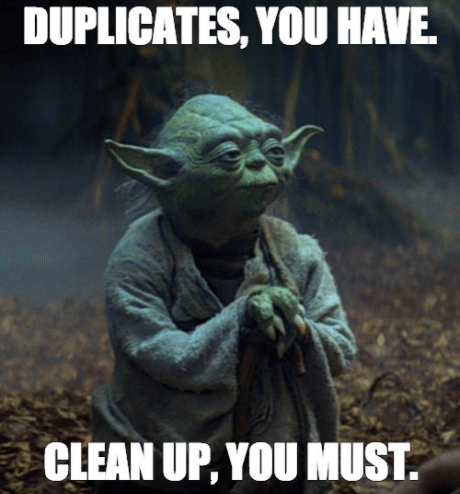
8 Data Validation Strategies to Enhance your Data Quality
Data is everywhere. It can be found in the smallest of things and largest of objects around us!
We see it, touch it, and experience it daily without even noticing it's there. The data with which we are so familiar is so important for our business to function properly because, without it, nothing would work properly or even at all.
It powers some of our favorite apps, such as Facebook and Google, runs entire industries, and even helps to advance various researches.
WHAT IS DATA QUALITY?
Data needs to be up to date, correct, and precise!
By and large, data is considered to be of high quality when it meets the requirements of its intended use by clients, decision-makers, downstream applications, and processes.
A good analogy is the quality of a product manufactured by a manufacturer, for which high product quality is not the primary business objective but does contribute to customer satisfaction and has an effect on the product's value and life cycle.

The following are the five primary criteria for determining the quality of data:
- Accuracy is required for any data described.
- Data validity refers to whether data meets specified business requirements, and data integrity refers to whether the relationships between entities and attributes are technically consistent.
- Relevance: the data should conform to the specifications for the intended use.
- Completeness: there should be no missing values or records in the data.
- Up to Date: the data must be current.
- Consistency: the data should follow the expected format and be cross-referenced to produce identical results.
STRATEGIES TO ENHANCE YOUR DATA QUALITY
Improving data quality requires a well-balanced approach that includes people, processes, and technology, as well as significant involvement from top management.
Here are 8 basic strategies to improve data quality in an organization:
1. Assess and Normalize Data
First, assuming that the organization has a data governance program in place, assessments need to be conducted on key business processes to understand what data needs to be maintained and validated. This assessment will drive the creation of a Data Quality Plan. The plan should identify what data must be collected, where it resides, and how it is used across the enterprise.
2. Engage Employees
Engage key leaders and front-line employees to gain their buy-in of the importance of data quality and understand how they impact the quality of the data. To improve data quality, leaders must demonstrate their commitment to maintaining high standards.
Educating employees on how they can enhance data quality within their job functions is also an imperative step.
3. Fix Duplicate Content

Data quality experts should implement duplicate management systems that will ensure data records do not have duplicates. They should also identify and fix any other inconsistencies within the organization's data set, such as ensuring all employee names are spelled the same across various databases to prevent spelling errors on reports.
4. Make your Sales Team Work More Efficiently to Improve Data Quality
Identifying how sales data is used can help identify what data requires more detailed information.
For example,
-
Are customer orders being imported into an ERP (Enterprise Resource Planning) system without the appropriate identifying fields?
-
Is there a way to improve this process so it can be more accurate?
Improving these processes will ensure customer orders are properly identified and correct data is entered into the ERP system. In addition, this process will also identify any issues that may be impacting the data quality.
5. Train Employees on How to Handle Data Entry
In some companies, a large amount of time is spent correcting miscellaneous errors from incorrect data entry by employees and customers. To reduce the amount of time spent on corrections, organizations should implement a proper training program for employees who input data into the organization's systems.
6. Cleanse Data Regularly

Data quality leaders should consider investing in data cleansing programs to get rid of old and obsolete records within customer and product databases. This process will reduce any information that is outdated or inaccurate while keeping only relevant and valuable information.
So many things can impact the quality of data which is why it's important to keep an eye on it and see what changes can be made to improve its quality.
7. Avoid CRM Sync Failure
Contact information can be synced between multiple systems. For example, notes may be attached to customer records within various database systems. These records must be organized and organized in a way that allows the merger of the data into one system for reporting purposes.
8. Create Reports Regularly to Identify Issues with Data Quality
Ensure that data entry is accurate, up to date, and consistent across your organization. Make sure you have validation plans in place for each department so everyone follows the same procedures.
Regular reports should be created to identify the quality of data across various systems. This is an effective way for organizations to understand if their data is functioning properly and what steps can be taken to improve it.
To achieve high standards in data quality, organizations must work together across departments. A data governance team should be created that is responsible for providing oversight on how data is collected, stored, and used within the organization.
